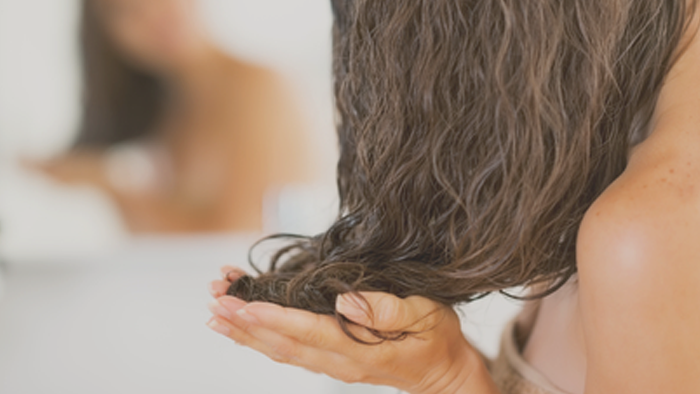
26 Sep Hair: To Hydrate or Nourish?
Are you beginning to find random strands of hair on your comb, sink and bathroom floor? Well then, you may have a problem with hair breakage, which can get a bit worrisome.
The first (and possibly worst) reaction to remedy this problem would be to buy ‘miracle’ shampoo. These products often do more harm to our wallets than good to our hair. Why? Well, hair breakage typically results from an imbalance of moisture and protein levels, and very often, we forget to ask the most basic question – does my hair need to be hydrated or nourished? For many, these are simply the same thing, nevertheless, they are very different!
Healthy hair essentially maintains a balance between the two! Our hair is mostly made of protein (95% of keratin). Keratin is essential to hair, but excess protein can also result in decreased shine and elasticity and increased breakage! From coconut oil’s ability in restructuring hair fibre to the invigorating properties of nettle lotion – you no longer have an excuse to continue using supermarket shampoo full of chemicals and cheap filler ingredients like petrolatum, mineral oil, or lanolin.
Excess protein is the most common cause of hair breakage and so, it is more useful to try and rehydrate hair. And because our hair is also naturally porous, keeping the moisture inside is a difficult task. Hydrosols can be sprayed directly onto hair or another form is aloe vera gel. As it is extremely moisturising, it is possible to use it as a conditioner.
That said, hair also needs to be fed. Generally brilliant yet brittle hair means that the surface of hair is healthy, while inside, is fragile. In this case, coconut and avocado oil can be used to deeply nourish hair. Shea butter also works wonders. To take full advantage of these nourishing treatments, massage your hair with them twice a week, leaving them in for about two to three hours.
And sometimes, hair can be in extremely poor condition – dry and porous, and so it is necessary to moisturise and nourish at the same time. You can use hydrosols, aloe vera gel, or even apply a cream mask that will bring you both fatty and aqueous elements, leaving it in your hair for an hour. If you have a little ylang-ylang essential oil, do not hesitate to add three or four drops in the cream mask before applying it on your hair – and don’t forget to apply the cream from roots to ends!
